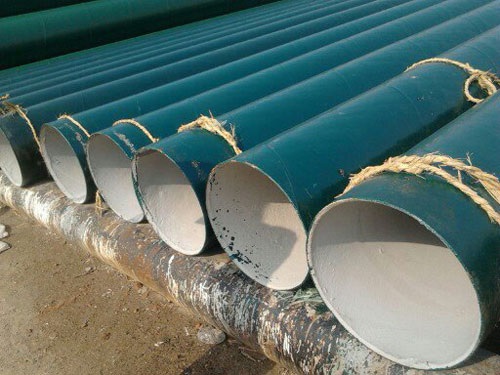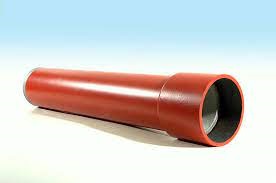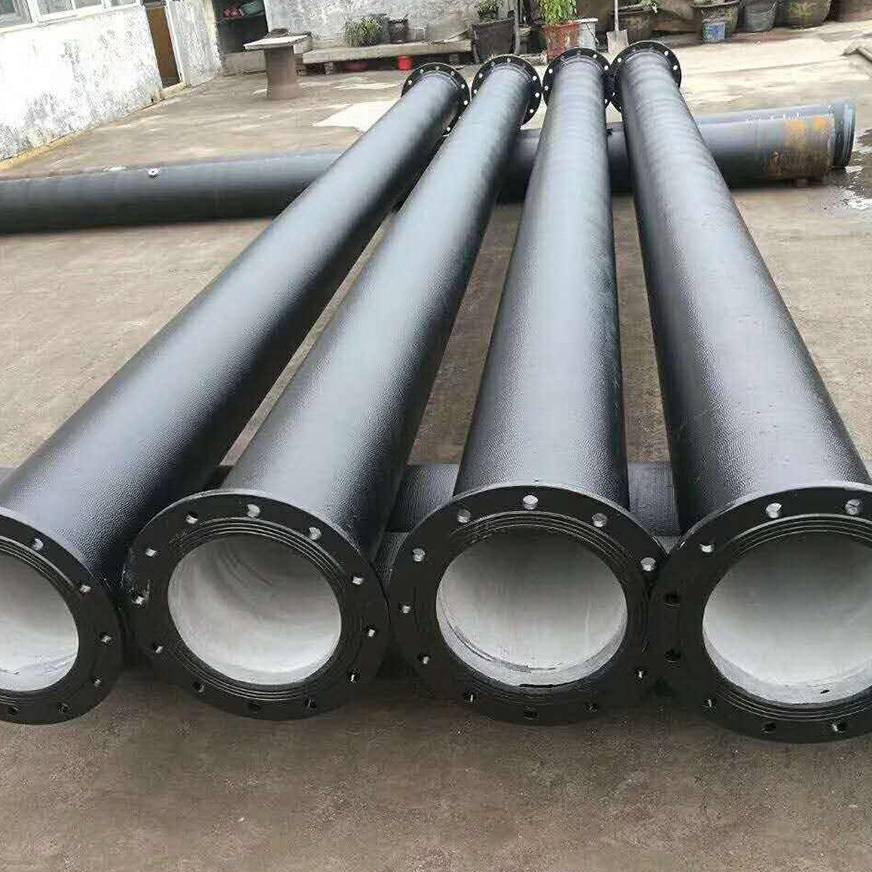-
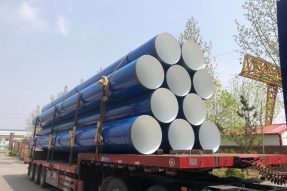 FBE/PE Coated Welded Steel Pipe
FBE/PE Coated Welded Steel PipeLarge Diameter Spiral Welded Internal FBE External PE Coated Welded Steel Pipe Standard: API 5C...
Details -
 concrete weight coating pipe
concrete weight coating pipeConcrete Coated Pipe Type: Concrete Coated Pipe, Concrete Weight Coating Application: Used for natural gas, pet...
Details -
 API 5L Line Pipe
API 5L Line PipeAPI 5L Line Pipe Pipe Type: Line Pipe, API Line Pipe, Seamless Line Pipe, Carbon Steel Line Pipe Application: For P...
Details -
 Wear-resistant ceramic lining elbow
Wear-resistant ceramic lining elbowAlumina ceramic lined elbow These high wear resistant alumina ceramic lined elbows are to affix withthe alumina c...
Details -
 Abrasion resistant ceramic lined pipe and ...
Abrasion resistant ceramic lined pipe and ...90 degree Ceramic lined Elbow with steel pipe for wear resistant Product Descrip...
Details -
 Branch Connection fittings
Branch Connection fittingsBranch Connection fittings XINTAI pipeline is a leading manufacturer of branch fitting, buttweld pipe olets, socket ...
Details -
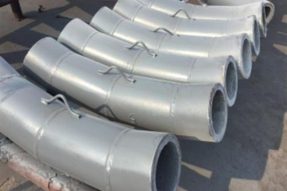 Bimetallic Clad Composite Overlay Hardfac...
Bimetallic Clad Composite Overlay Hardfac...XT PIPELINE Hardfacing Overlay Pipe is manufactured by depositing chromium-rich, abrasion-resistant materials on the...
Details -
 Cement Lined Piping
Cement Lined PipingCement lined piping is commonly used for transport of raw water, potable water, sewage, sea water and cooling wat...
Details -
 Cast Basalt Pipes and Elbows
Cast Basalt Pipes and ElbowsBasalt is a dark, dense-looking rock, often with small porphyritic crystals, and weathering to a brown co...
Details -
 DN125 ST52 concrete pump pipe seamless del...
DN125 ST52 concrete pump pipe seamless del...Overview Quick Details Applicable Industries: Construction works , Construction Machinery & Parts Aft...
Details
Cement Lined Piping
Published:2021/08/14 Anti-corrosion pipe 标签:cement lined pipeviews:3942
Cement lined piping is commonly used for transport of raw water, potable water, sewage, sea water and cooling water service. The cement mortar lining is applied in accordance with AWWA C205. Standard thicknesses for cement-mortar lining are defined in AWWA C205, but thicker linings can be provided by manufacturers. Increased lining thickness will result in increased weight of the lined pipe and may may affect the pipe length to be transported or shipping costs due to the increased weight.
Due to equipment limitations, shipment weight restrictions, and handling issues, factory applied cement-mortar lining is typically provided in nominal pipe diameters up through 120”. Cement-mortar lining for larger diameter pipe can be field applied in accordance with ANSI/AWWA C602.
Application of Cement lining
Shop applied cement-lining can be produced using different techniques. For straight sections of pipe, a high capacity cement-lining machine spraying pre-mixed cement mortar is utilised to uniformly distribute the cement mortar against the inner pipe surface. The pipe is then centrifuged on the same machine to produce a dense lining and to obtain a smooth surface of the lining. After the rotational application is complete, the lining is cured to achieve its required compressive strength. Fittings and flanges of any size are lined by hand trowelling, spray gun or combination thereof.
Application of Reinforcement
Pipes & fittings in larger sizes are cement lined with wire fabric reinforcement. The reinforcement covers the entire pipe length or section to be lined. The reinforcement is tack welded with a longitudinal overlap of 25 mm and is terminated at a distance of approximately 50 mm from the ends. For the butt jointed pipes, reinforcement of approximately 150 mm wide is placed at the location of butt joint and tack welded with an overlap of minimum 25 mm between the two reinforcement sections.
Jointing of Cement lined piping
One of the most important parts of a cement-lined piping system is the joint. The two types of joints commonly used are the buttweld joint and sleeve joint. The sleeve joint is welded to one end of the pipe or fitting in the factory, whereas the butt weld joint is made in the field. An appropriate jointing compound is applied to seal joint between the mating pipes.
Butt-Jointing
After the welding the cement lined pipe, a hand-applied mortar is used to finish the cement lining at the inside surface of the steel pipe at the location of field weld. The sides of the cement lining are first sealed with a priming coat consisting of one part of a multi-purpose adhesive, based on synthetic resin. After this priming coat becomes tacky, the ready mixed mortar is applied. The application of the adhesive and ready mixed mortar are to be in accordance with manufacturer’s specifications. The hand applied mortar are finished by means of a trowel or spatula and brushed flush after which a curing compound is applied. Pressure testing of a pipe section with site applied cement lining are delayed until such time that the minimum compression strength has been reached.
Sleeve-Jointing
For sleeve joints up to 24 inches a one-piece sleeve joint is used. For pipes over 24 inches, a half-sleeve joint is normally used. The internal welds of sleeves are ground flushed without undercutting the parent metal. The radial weld gap between the pipe and sleeve of an assembly is normally not to exceed 3 mm. During assembly of a welded sleeve, with pipe or fitting, the weld should be offset by at least 90 degrees from any adjacent longitudinal weld. When welding on a sleeve, it shall be ensured that there is no damage to the lining from the heat input during welding.
Requirements for butterfly valve installation
Where a wafer butterfly valve is installed in cement-mortar lined pipe, the valve disc must be clear of the cement lining. If required, the lining at the flange face shall be chamfered to provide clearance between valve disc and lining.
Flange Facing and Gaskets
For design pressures upto 10barg, reinforced chloroprene rubber gaskets, 3mm thick with Shore A hardness of 70 can be used. For design pressures above 10 barg, CAF gaskets 3 mm thick can be used. The inside diameter of the gasket shall be equal to the inside diameter of the cement lining.
Handling of Pipes and Fittings
Cement lined pipes and fittings must be handled carefully to avoid internal damage to the cement lining. They should be adequately supported during storage, shipping and handling during installation to avoid flexing which can cause damage to the cement lining. To protect pipes against impact during handling it is recommended to use slings with cushion pads.
Applicable Industry Codes and Standards
- AWWA C205 – Cement mortar protective lining and coating for steel water pipe 4 inch and larger – shop applied.
- AWWA C602 – Cement mortar lining of water pipelines in place.
- ASME B31.3 – ASME code for Pressure piping –chemicals Plant & Petroleum refinery piping.
- IS: 12330 – Specification for sulphate resisting Portland cement.
- IS: 383 – Coarse & fine aggregates from natural sources for concrete.
- IS: 456 – Code of practice for plain & reinforced concrete.
- ASTM A82 – Standard specification for steel wire, plain, for concrete reinforcement.
- ASTM A185 – Standard specification for steel welded wire fabric, plain, for concrete reinforced .

